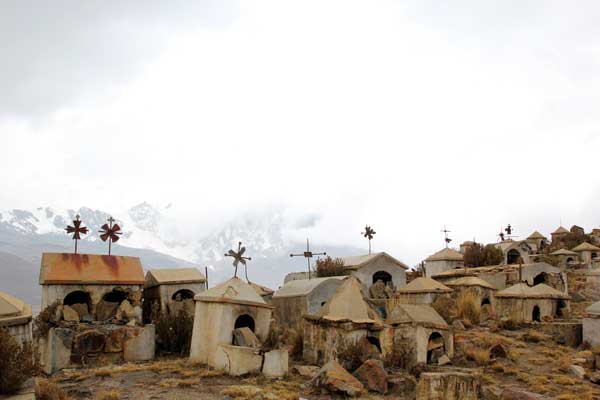`The older I get, the less tolerant I become of being treated by television like a child with Attention Deficit Hyperactivity Disorder. No offence meant to Dr Jago Cooper but, if I’m going to consider spending a valuable hour of my fast-diminishing lifespan watching a documentary about Lost Kingdoms of South America, the very last thing that’s going to persuade me is being importuned in the manner of those men with microphones at street markets trying to persuade me to buy an amazing labour-saving device I never knew I needed, the Radish-o-Chop.
Probably, if I stopped to listen to the man, I’d find that the Radish-o-Chop was indeed an invaluable addition to my batterie de cuisine, especially once I’d been shown its dicing and paring functions and its versatility (not just radishes — but grapes and olives, too!). But I never get that far. As soon as I sense I’m being given the hard sell, I react in much the same way women do when they sense you’re really up for it or you haven’t had it in a while: it makes me want to run a mile.
And so it is with the civilisation, once a million strong, that lived in the monolithic temple city of Tiwanaku, 13,000 feet above sea level in the Bolivian Andes. Quite possibly I might have discovered that they were the most fascinating lost civilisation in all history. Maybe my interest would have been so piqued that I would have sold my children and my possessions, divorced my wife, and spent the rest of my days in a mountain hut in Bolivia, studying its crumbling stones. Then again, maybe not. Sadly we shall never know either way for after the first five minutes I gave up watching.
This is not, I want to stress, hunky, blond, eager Dr Jago’s fault. I’m sure he’s a decent bloke who knows his South American archaeology better than any hunky, blond archaeologist from the British Museum there has ever been. And, yes, while it’s true his emphatic arm movements are quite irritating, this again is not his fault — it’s a tic that should have been ironed out by the production team before he was given his four hours of Monday-night prime time.
No, what bothers me about the show is the thing that bothers me about all documentaries of this kind: they’ve got the hot new star; they’ve splurged the budget on all sorts of exotic locations; so now they feel they absolutely have to justify it by telling you at the start of each episode how totally amazing and fascinating a time you’re going to have watching the programme you’re going to see, then reminding you at intervals what a far-out time you’ve been having watching this extraordinarily interesting stuff.
But when I — grudgingly — turn on my TV set and I’m wondering what to watch, the very last thing I want is a sales and marketing pitch. At the commissioning stage it makes sense; but at the viewing stage it smacks of desperation. No, what I want is to be lulled into it, in the way women claim they like to be seduced: so that by the time it’s all got going they’re really quite enjoying it, though they’d never have let you get that far if they’d sussed your devilish plan at the beginning.
Something a bit like this happened to me with Carved With Love: the Genius of British Woodwork (BBC4). I loved both the episodes I saw — last week’s on Grinling Gibbons and this week’s on the history of English oak carving — because at no stage did they claim to be anything more than they were: i.e., unfussy documentaries about the history of British woodwork.
The experts and talking heads were first-rate: at no stage did anyone tell you who they were or how they were going to take you on a ‘journey’ or claim that they were part of a race against time. Instead, you got dedicated wood-carvers hymning their craft (one, part of a kind of apostolic succession of carvers who specialised in green men, was using tools well over a century old — with the initials on the handle of all the previous owners); you got ecclesiastical historians and museum curators talking informedly about their field of expertise; best of all, you got a succession of delightful old gents — each of them the warden in his local church — expatiating with winning enthusiasm and deep knowledge about the statue of Jesse/ornamental font cover/rood screen under his care.
It made me feel like a grown-up.







Comments